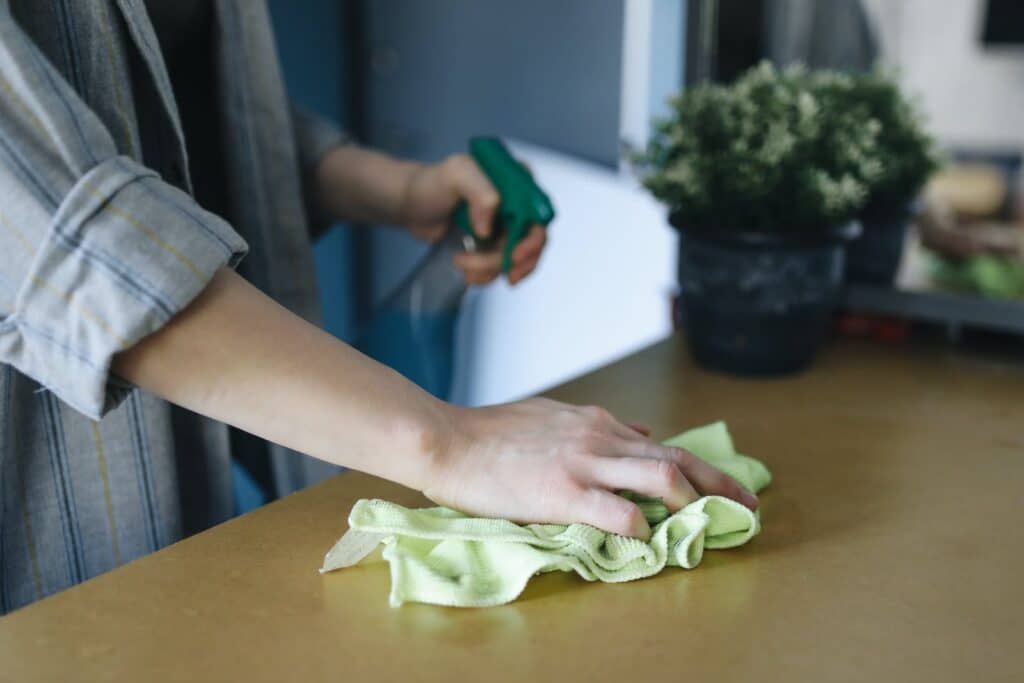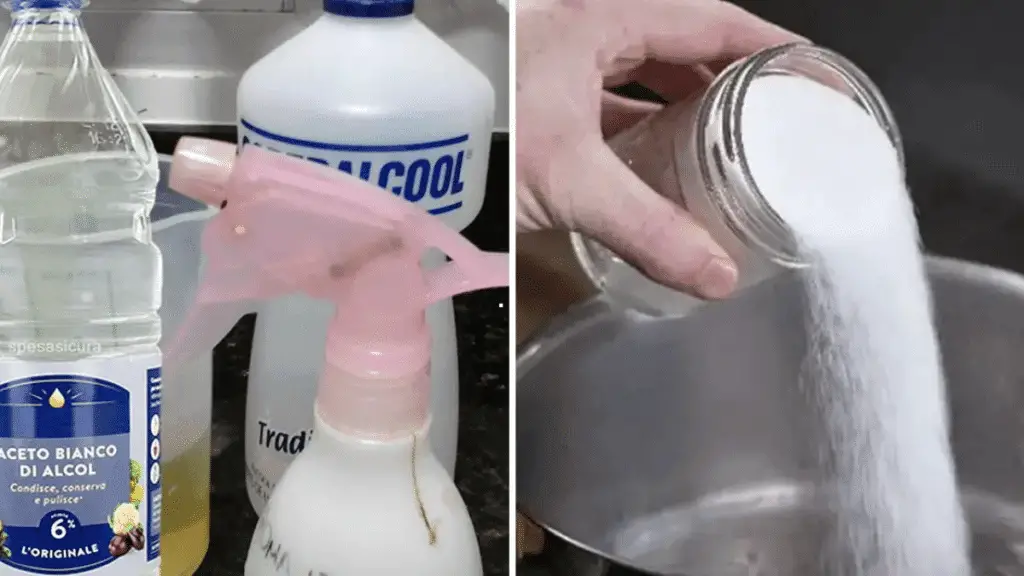Dealing with pests like fleas, ants, and cockroaches can be a daunting task. However, with the right natural methods, you can effectively rid your home of these unwelcome guests without resorting to harsh chemicals. This guide provides a comprehensive approach to natural pest control, ensuring a safer environment for you and your family.
Table of Contents
Understanding Your Enemy: Common Household Pests
Before diving into solutions, it’s crucial to understand the pests you’re dealing with. Fleas, ants, and cockroaches are among the most common household pests. Each has unique behaviors and preferences, which can be targeted through specific natural methods.
DIY Insect Repellent Spray: Your First Line of Defense

Ingredients:
- 1 cup of liquid detergent (any dishwashing liquid)
- 2 cups of alcohol or apple cider vinegar
- 2 tablespoons of cloves
- 1/4 cup of water
Instructions:
- Prepare Clove Infusion: Boil water and add cloves, simmering for 10 minutes.
- Mix Detergent and Alcohol/Vinegar: In a separate container, combine the liquid detergent with alcohol or apple cider vinegar.
- Combine and Cool: After the clove infusion has cooled, mix it with the detergent and alcohol/vinegar mixture gently.
- Transfer to Spray Bottle: Pour the solution into a spray bottle with a diffuser nozzle.
Application: How to Use Your Homemade Repellent
Spray the solution in areas frequented by insects, focusing on entry points. Regular application can significantly reduce the presence of pests. Additionally, maintaining clean surfaces is vital to prevent attracting insects and eliminating their eggs and larvae.
Beyond Spraying: Comprehensive Pest Control Strategies

Seal Entry Points: Inspect your home for cracks and crevices where pests might enter. Sealing these can prevent infestations.
Natural Baits and Traps: For ants, consider using natural baits like sugar mixed with borax. For cockroaches, boric acid traps can be effective.
Regular Cleaning: Regular vacuuming and dusting can remove potential food sources and nesting areas for pests.
Humidity Control: Many pests thrive in damp environments. Using dehumidifiers and fixing leaks can make your home less inviting to pests.
Preventive Measures: Keeping Pests at Bay
Proper Food Storage: Store food in airtight containers to avoid attracting pests.
Regular Garbage Disposal: Dispose of garbage regularly and keep bins clean to prevent pests.
Landscaping Maintenance: Trim plants and trees near your home to reduce access points for pests.
Pet Care: Regularly bathe pets and clean their bedding to prevent flea infestations.
By implementing these natural methods and preventive measures, you can create a pest-free environment in your home. Remember, consistency is key in pest control. Regular application of natural repellents and maintaining a clean, dry home are your best defenses against these common household pests.
Embracing Nature’s Solutions: Eco-Friendly Pest Repellents

In addition to the DIY insect repellent spray, there are other natural substances that can deter pests effectively.
Essential Oils: Many essential oils, such as peppermint, eucalyptus, and tea tree oil, are known for their pest-repelling properties. Dilute these oils with water and spray them around your home for a pleasant-smelling deterrent.
Diatomaceous Earth: This natural powder can be sprinkled in areas where cockroaches and ants frequent. It’s harmless to humans and pets but lethal to insects.
Citrus Peels: Insects are often repelled by the scent of citrus. Placing citrus peels in areas prone to pests can help keep them away.
Understanding the Importance of Consistency and Patience
Effective pest control, especially when using natural methods, requires consistency and patience. Natural remedies may take longer to show results compared to chemical solutions, but they are safer for your home and the environment.
Educating Yourself: The Key to Successful Pest Control
Staying informed about the habits and life cycles of common pests can greatly enhance your control efforts. Understanding what attracts pests and what deters them is crucial in maintaining a pest-free home.
Conclusion
By using these natural methods and strategies, you can effectively control pests in your home without resorting to harsh chemicals. This approach not only ensures a safer living environment for you and your family but also contributes to a healthier planet.
Remember, the key to successful pest control is a combination of proactive measures, regular maintenance, and a bit of patience. With these tools and knowledge, you can enjoy a cleaner, healthier home, free from unwanted pests.






